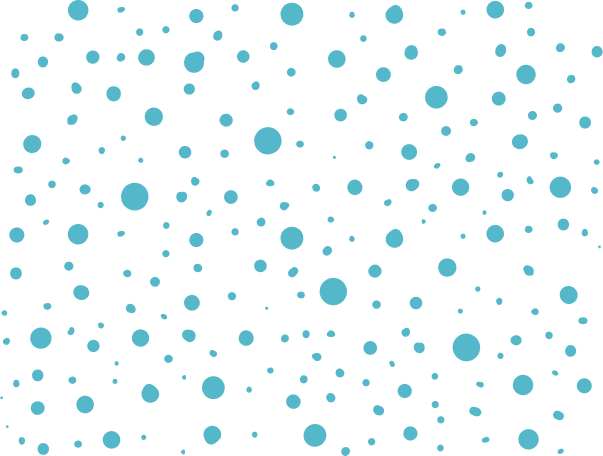Patterns are all around us, from the stripes on a zebra to the intricate designs on a butterfly’s wings. These repeating elements can be found in nature, art, and even in our daily lives. The study of patterns is known as aesthetics, and it involves exploring the beauty and symmetry of these repeating elements. In this article, we’ll delve deeper into the world of aesthetic patterns, exploring their history, significance, and beauty.
What Are Aesthetic Patterns?
Aesthetic patterns are visual elements that repeat in a predictable way. They can be found in nature, art, and design, and are often used to create a sense of harmony and balance. Aesthetic patterns can be symmetrical or asymmetrical, and they can range from simple to complex. Some common aesthetic patterns include stripes, polka dots, and geometric shapes.
History of Aesthetic Patterns
The use of aesthetic patterns dates back thousands of years, with early examples found in the art and architecture of ancient civilizations. For example, the Egyptians used patterns in their hieroglyphs and artwork, while the Greeks used patterns in their pottery and architecture. The use of aesthetic patterns continued throughout the Middle Ages, Renaissance, and into the modern era.
Significance of Aesthetic Patterns
Aesthetic patterns have significant cultural and historical meaning. They are often used to symbolize important ideas or values, such as the use of paisley patterns in Indian textiles to represent fertility and abundance. Aesthetic patterns can also be used to create a sense of identity, such as the use of tartan patterns in Scottish kilts.
Types of Aesthetic Patterns
Aesthetic patterns can be classified into different types based on their design and characteristics. Some common types of aesthetic patterns include:
Geometric Patterns
Geometric patterns use simple shapes such as circles, squares, and triangles to create complex designs. These patterns are often symmetrical and can be found in architecture, art, and design.
Floral Patterns
Floral patterns are inspired by the natural world, and use elements such as flowers, leaves, and vines to create intricate designs. These patterns are often used in textiles, wallpaper, and home decor.
Animal Patterns
Animal patterns use the colors and shapes of animals to create repeating designs. These patterns are often used in fashion, such as the use of leopard print in clothing and accessories.
Abstract Patterns
Abstract patterns use non-representational shapes and colors to create unique designs. These patterns can be found in art, textiles, and home decor.
Creating Aesthetic Patterns
Creating aesthetic patterns requires a combination of creativity and technical skill. Artists and designers use a variety of tools and techniques to create these patterns, including digital software, drawing, and printing. Some common techniques used to create aesthetic patterns include:
Repetition
Repetition is the foundation of aesthetic patterns. By repeating a single element, such as a shape or color, artists and designers can create a sense of harmony and balance in their designs.
Symmetry
Symmetry is another important element in aesthetic patterns. Symmetrical patterns use identical or mirrored elements to create a balanced design.
Color
Color plays a significant role in aesthetic patterns, as it can be used to create contrast, harmony, and mood. Artists and designers use a variety of color combinations to create aesthetic patterns, from bright and bold to soft and subtle.
The Beauty of Aesthetic Patterns
The beauty of aesthetic patterns lies in their ability to create a sense of harmony and balance. These patterns can be found all around us, from the natural world to the man-made world, and they have significant cultural and historical meaning. By exploring the world of aesthetic patterns, we can appreciate the beauty and significance of these repeating elements.
Conclusion
By understanding the history and significance of aesthetic patterns, we can gain a deeper appreciation of their beauty and complexity. We can also learn to create our own patterns, using the principles of repetition, symmetry, and color to craft unique and meaningful designs.
In conclusion, the beauty of aesthetic patterns lies not only in their visual appeal but also in their cultural and historical significance. Whether we encounter them in nature, art, or design, aesthetic patterns have the power to evoke emotion, express meaning, and connect us to the world around us.
FAQs
- What is the difference between aesthetic patterns and other types of patterns? Aesthetic patterns are specifically focused on visual beauty and harmony, while other types of patterns may have other purposes or meanings.
- How can I learn to create my own aesthetic patterns? There are many resources available for learning about pattern design, including books, online courses, and workshops.
- Can aesthetic patterns be used in branding and marketing? Yes, aesthetic patterns can be a powerful tool in branding and marketing, as they can help to create a strong visual identity and brand recognition.
- Are there cultural differences in the use of aesthetic patterns? Yes, different cultures have their own unique aesthetic traditions and patterns that reflect their history and values.
- What are some examples of contemporary artists and designers who work with aesthetic patterns? Contemporary artists and designers who incorporate aesthetic patterns into their work include Yayoi Kusama, Josef Albers, and William Morris.
